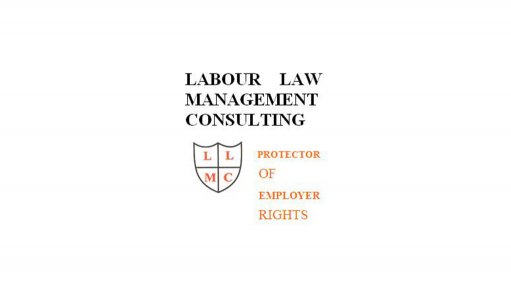
When companies suffer financial losses the ripple effect can be tsunami-like. Investors can be ruined, employees can lose jobs and heads can roll. It is normal for employers to retrench employees after serious losses have been incurred because the employer cannot afford to pay their salaries. It can also happen that those executives responsible for managing the company are disciplined for allowing the financial losses to occur. However, employers must be careful not to mix up the retrenchment of an executive with his/her dismissal for misconduct such as, for example, dereliction of duty.
Employers must be equally careful not to discipline executives for ulterior motives. For example, where the board of directors is under pressure from shareholders to explain the company’s losses they may look for scapegoats in order to relieve this pressure.
Often therefore, the CEO or MD lands on the carpet in front of the board of directors. Sometimes the accusing finger is in fact pointed in the right direction but just as often the wrong head rolls because the culprits have conspired to scapegoat an easy target or someone outside the main clique.
Very frequently, by the time the scapegoat has been able to recover from the shock of the false allegations and has perhaps even been able to throw some doubt on the allegations against him/her, the damage has been done. That is:
- the culprits have closed ranks and testimony is hard to come by
- important documentary evidence has been doctored or destroyed
- the powers that be have decided that the real culprit is not expendable
- it has been agreed who will have to be sacrificed
- acrimony and backstabbing have destroyed the working relationship and the scapegoat no longer wants to stay with the company or other organisation.
Scapegoating can result not only in the unnecessary loss for the employer of key skills but can also tarnish the reputation of the employer. From the employee’s point of view his/her name will have been muddied and his/her career prospects may have been damaged. However, in certain circumstances employees can block attempts at scapegoating.
For example, in the case of Van As vs African Bank Ltd (2005, 3 BLLR 304) the employer suffered serious financial losses and hence instituted disciplinary proceedings against its Chief Executive Officer who was suspended pending a hearing. Before the hearing was convened the employer and the CEO signed a retrenchment agreement in which it was agreed that the CEO would leave the company for reasons of operational requirements. Despite this the employer decided to proceed with the disciplinary hearing.
The CEO applied to court for an order interdicting the employer from dismissing him for misconduct. He contended that:
- The employer could not discipline him after a retrenchment agreement had been concluded
- The employer was merely trying to scapegoat him for the losses incurred by the bank.
The Court found that, by entering into the retrenchment agreement the employer had waived its right to dismiss the CEO for misconduct. It ordered the employer to desist from such dismissal and to adhere to the terms of the retrenchment agreement. It also awarded costs against the employer.
The cost of this matter to the employer must have been high because not only did it have to bear its own legal costs it also had to pay those of the employee and waste the valuable time on the court case.
This could have been avoided had the employer made proper use of the appropriate experts to:
- assess the matter holistically
- investigate whether the CEO could really be blamed for the losses and whether there was sufficient proof of this
- decide whether discipline or retrenchment was most appropriate in practical terms and from a legal point of view
- help decide on a strategy that would satisfy the employer’s practical needs but at the same time avoid infringing the law.
To book for our 4 May 2007 seminar on NEW CHANGES AND DANGERS IN LABOUR LAW please phone Lee on (011) 787-5445 or 082456247.
Written by lvan lsraelstam, Chief Executive of Labour Law Management Consulting. He may be contacted on 0828522973 or on e-mail address: labourlaw@absamail.co.za.